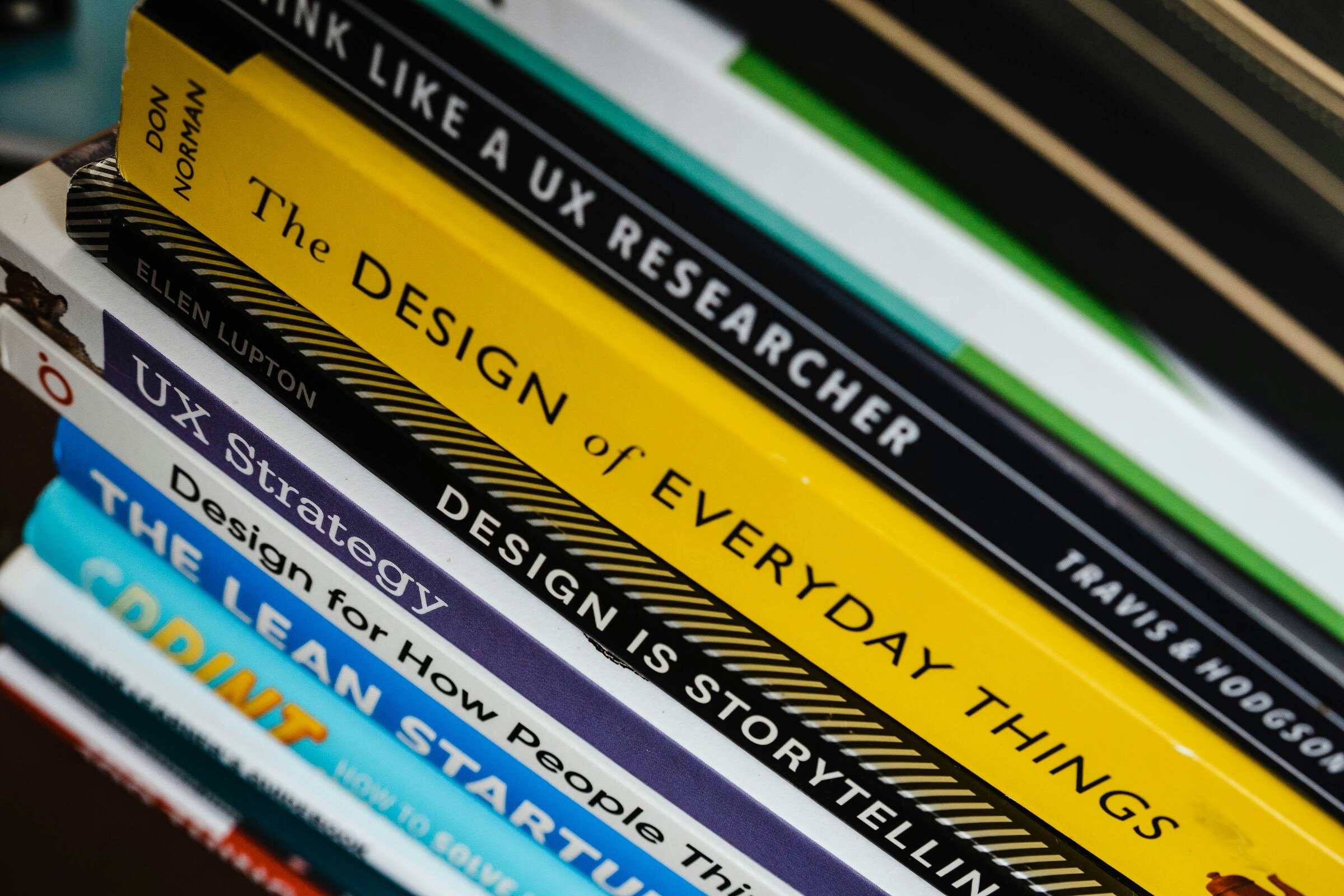In today's digital world, users expect more than just a functioning website—they expect an experience. This is where UI (User Interface) and UX (User Experience) design step in. While often used interchangeably, these two play distinct and critical roles in how a user interacts with a website.
What is UI Design?
UI design refers to the visual aspects of a website—buttons, icons, typography, spacing, color schemes, and overall layout. It’s all about how the product looks and how users interact with it.
What is UX Design?
UX design focuses on the entire experience a user has while navigating a website. It includes usability, accessibility, responsiveness, and emotional connection. UX is about solving the user’s problems and ensuring they leave satisfied.
Why They Matter
-
First Impressions Matter: A visually appealing site builds trust quickly.
-
User Retention: If the site is easy to use, users are more likely to return.
-
Conversions: Better experience = more signups, purchases, or inquiries.
-
SEO Benefits: Google favors well-structured, user-friendly websites.
Common Mistakes in UI/UX Design
-
Cluttered layouts
-
Poor mobile responsiveness
-
Inconsistent design elements
-
Confusing navigation
Tips for Better UI/UX
-
Prioritize simplicity
-
Test with real users
-
Design mobile-first
-
Use clear CTAs and accessible fonts
Conclusion
UI/UX isn't just a design trend—it’s a business necessity. Investing in good design means investing in user happiness, which directly leads to business success.




Comments